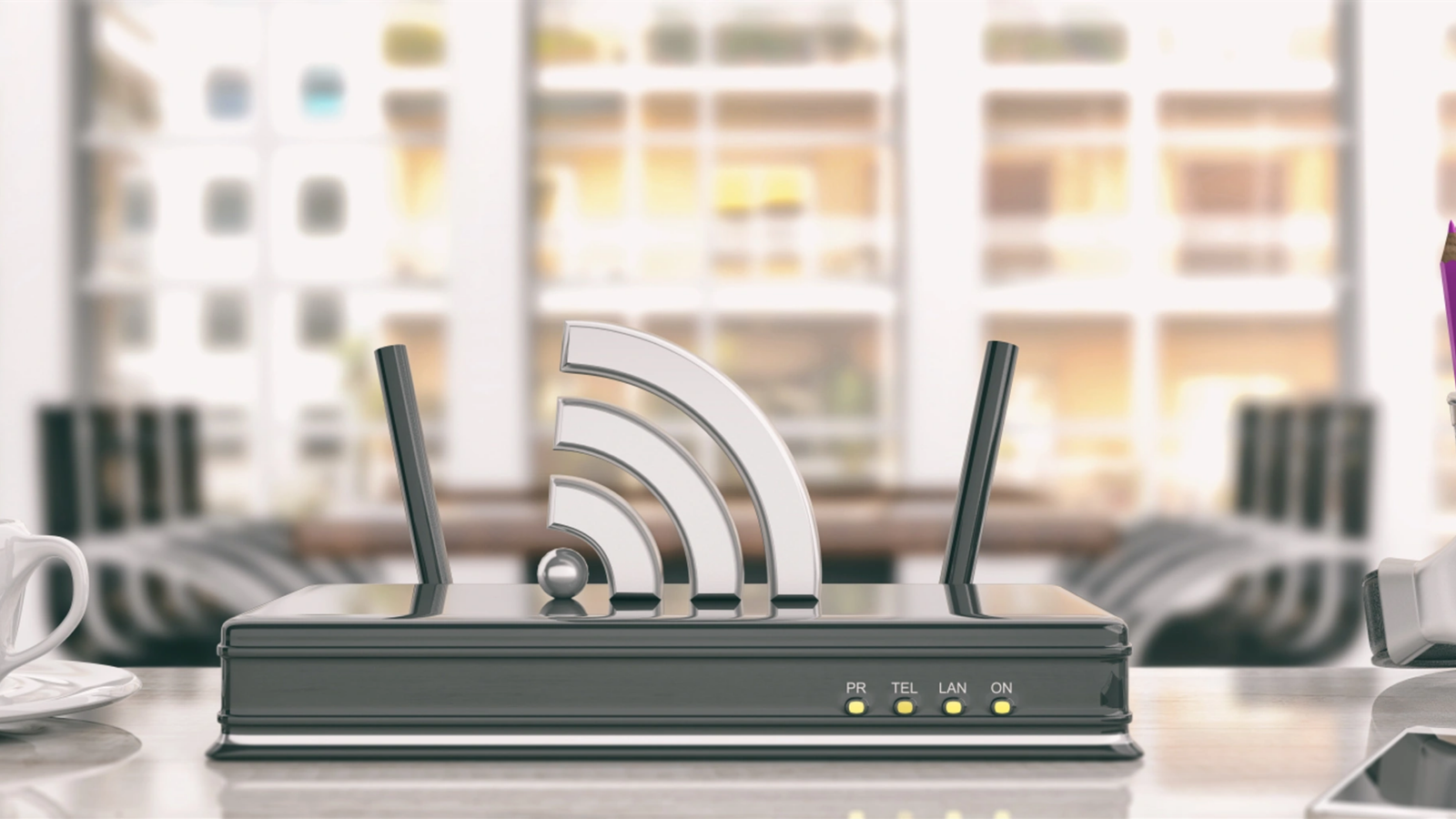In today’s hyper-connected world, fast and reliable internet is non-negotiable. But did you know that your Customer Premises Equipment (CPE)—the modem, router, or gateway provided by your ISP—plays a crucial role in determining your actual broadband speed and latency? Many users blame their internet service provider (ISP) for sluggish performance, only to discover that outdated or misconfigured CPE is the real bottleneck.
This article dives deep into how CPE impacts your internet experience, what factors influence its efficiency, and how you can optimize your setup for peak performance.
Understanding CPE: The Gateway to Your Internet
CPE refers to any hardware located at the user’s premises that connects to the ISP’s network. This includes:
- Modems (converts ISP signals into usable internet)
- Routers (distributes Wi-Fi/Ethernet connections)
- Combined modem-router gateways (all-in-one devices)
Since CPE acts as the bridge between your ISP and your devices, its quality, age, and configuration directly affect speed and latency.
How CPE Impacts Broadband Speed
1. Hardware Limitations
Older CPE models may not support the latest broadband standards. For example:
- DOCSIS 3.0 vs. DOCSIS 3.1 modems – A DOCSIS 3.1 modem supports multi-gigabit speeds, while older 3.0 models may cap out at lower bandwidths.
- Wi-Fi 5 vs. Wi-Fi 6 routers – Wi-Fi 6 offers faster speeds, better handling of multiple devices, and reduced interference.
If your ISP delivers 500 Mbps but your router only supports 100 Mbps over Wi-Fi, you’re leaving 80% of your speed unused.
2. Overloaded Processing Power
Cheaper CPE devices often have weak CPUs and limited RAM. When multiple devices stream, game, or video-call simultaneously, the hardware struggles to manage traffic efficiently, leading to:
- Buffering
- Slow downloads
- Inconsistent speeds
3. Firmware and Software Issues
Outdated firmware can cause:
- Security vulnerabilities
- Compatibility issues with newer devices
- Performance degradation
Regular firmware updates ensure optimal functionality and security patches.
How CPE Affects Latency (Ping)
Latency, measured in milliseconds (ms), determines how quickly data travels between your device and the server. High latency causes lag in gaming, VoIP calls, and live streaming.
1. Processing Delays in CPE
Every data packet must be processed by your modem/router. Low-end CPE introduces additional milliseconds of delay due to:
- Queueing delays (slow handling of multiple requests)
- Routing inefficiencies (poor traffic prioritization)
2. Wi-Fi vs. Wired Connections
Wi-Fi introduces higher latency than Ethernet due to:
- Signal interference (neighbor networks, microwaves, Bluetooth devices)
- Distance from the router (weaker signal = more retransmissions)
For competitive gaming or 4K streaming, a wired connection is always better.
3. Bufferbloat
Cheap CPE often lacks Quality of Service (QoS) settings, leading to bufferbloat—where the device overloads with data, increasing latency. Modern routers with Smart Queue Management (SQM) can mitigate this.
How to Optimize Your CPE for Better Speed and Latency
1. Upgrade Outdated Hardware
- Check if your modem supports your subscribed plan (e.g., DOCSIS 3.1 for gigabit speeds).
- Invest in a Wi-Fi 6 router if you have multiple high-bandwidth devices.
2. Optimize Placement and Reduce Interference
- Place the router centrally, away from thick walls and appliances.
- Use 5 GHz band for less interference (but shorter range).
3. Enable QoS Settings
Prioritize gaming, video calls, or streaming to reduce latency spikes.
4. Regularly Update Firmware
Check for ISP-provided firmware updates or manually update third-party devices.
5. Consider a Separate Modem & Router
ISP-provided combo units are often underpowered. A dedicated modem + high-end router improves performance.
When to Contact Your ISP
If optimizing CPE doesn’t resolve speed/latency issues:
- Line quality problems (fiber/coaxial degradation)
- ISP throttling (intentional speed limiting)
- Network congestion (peak-hour slowdowns)
A technician can run diagnostics to confirm if the issue lies beyond your CPE.
Final Thoughts
Your CPE is the unsung hero (or villain) of your internet experience. An outdated or misconfigured modem/router can cripple even the fastest broadband plans. By upgrading hardware, optimizing settings, and reducing interference, you can unlock your connection’s full potential.
Pro Tip: Run a speed test wired directly to your modem to isolate whether the issue is with your CPE or ISP.
